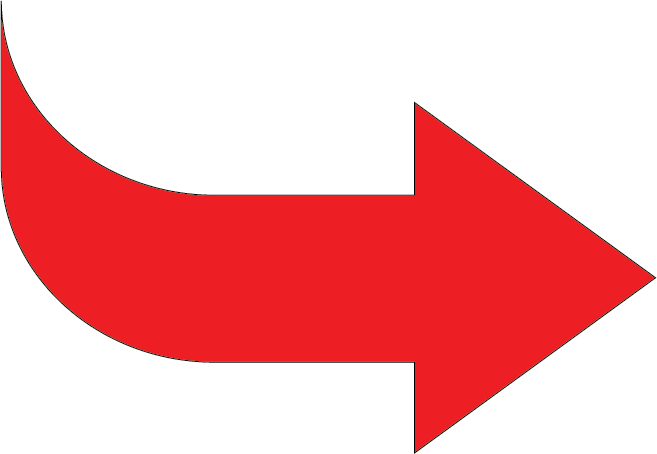Political signs pointlessly frustrate passers-by
To show support for candidates they believe in, many choose to use their lawn to showcase their political opinions, thus giving those who pass by a preconceived notion of the people who live there.
By putting up political signs and banners, many people share their political views with the community and those that pass by, giving them a baseless opinion on what they are like.
The point of political signs is to support one’s choice for any kind of political office, however, the effect of political signs or banners is negligible when it comes to affecting voting results.
According to political scientist Donald P. Green’s new study, while political signs may be able to sway the absolute closest of elections, their overall effect is minimal to the point of being almost useless.
Not only are political signs almost useless, but they can also have a prevalent negative effect.
If a person drives by a lawn and sees half a dozen political signs that they vehemently disagree with, that person is more than likely going to develop an opinion of that household that they have never met.
When they see all of these signs preaching ideals and policies they don’t agree with, there is a chance that they assume a negative outlook on the people in that dwelling.
The positives far outweigh the negatives when it comes to political signs.
One argument that can be made for political signs is, of course, that they help to represent the candidate they believe in.
However, this argument is inherently flawed.
This is because very few people are going to see a sign presenting a catchy slogan or unique design and automatically think, “Hey, that’s a good point. I’ll vote for them.”
The fact remains that the vast majority of political signs provide little to no information about the candidate or their policies.
In fact, the color schemes and gimmicky slogans on campaign signs and posters feed into the party-based voting that often controls America.
The two things that almost every political sign includes are the name of the candidate and their political party.
With all of the negative political ads run on television and social media platforms, the party of a candidate is the largest buzzword in their campaign.
Just seeing the color scheme or party of a candidate that someone doesn’t agree with may put a sour taste in their mouth and spread more negativity in an already polarized community.
This isn’t to say that all world-issue lawn signs are bad.
Quite the opposite, in fact.
Showing one’s support for a group of oppressed individuals or other matters pertaining to that area is completely acceptable.
There is a difference between showing support for a movement or group of people, and showing support for a specific, frequently seen candidate for office.
Signs supporting LGBTQ+ rights or the Black Lives Matter movement are much different from a sign for a candidate that, while possibly supporting those movements, is automatically seen in a negative light by the other side of the political aisle, furthering the divide.
The bottom line is that political signs often do more harm than good.
Political signs frustrate those who do not agree with their ideals, and those who do agree with them often don’t even notice.
Political signs remain an outlet for candidates to choke their supportive areas with nonsense slogans and information-less pieces of corrugated plastic.








